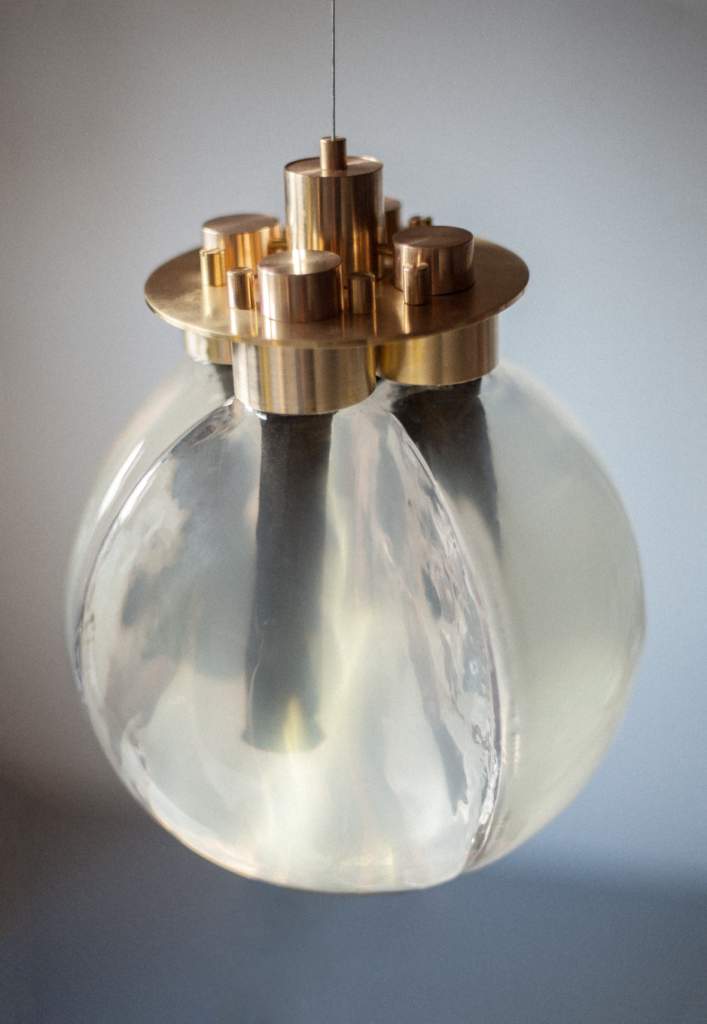Our unsustainable ways of production and consumption have taken a heavy toll on the planet’s natural resources, climate and life support systems. Biofabrication, broadly defined as the production of living and non-living artefacts by incorporating living organisms such as bacteria and living cells offers a promising future for sustainable production.
With a wide range of specialized applications in medical domains, the state of biofabrication field is increasingly moving from specialized to more everyday use (e.g., lab-grown meat, fungi-based leather-like material, microbial cellulose packaging). Having ambitions to reach beyond sustainable production measures, the artefacts that are designed to stay alive or Living Artefacts (Karana et al., 2020) are hoped to generate sensitivity and sympathy (for the planet and other beings) and unfold novel forms of engagement and practices that would not otherwise be possible.
Take for instance Spark of Life, a bacterial power-cell lamp designed by Teresa van Dongen. The artefact incorporates bacteria that are abundant in muddy ponds and makes use of their metabolic ability to produce electrical current to power up an LED. The designer imagines use scenarios where people feed their lamps every now and then by renewing the mud-based media and care for it, participating in a symbiotic relationship with the lamp which is unlike any relationship we currently have with technological artefacts.
Many speculative Living Artefacts expect users to engage in such mutualistic care practices to various extent, through feeding the microorganisms, maintaining certain environmental conditions, or draining excess biomass, etc. in return for functionality. The peculiar yet not too unfamiliar space emerging in between a technological artefact and a “living” pet holds a great potential to redefine our relationship with technology (see for instance how the early Tamagotchis instigated bonds between children and technological artefacts in the late 1990s). The practical aspects of caring for as well as the emerging socio-cultural and ethical issues tied to the biological technologies bring forth the important question of how viable is to live with a Living Artefact?
For decades, design researchers have been studying entanglements of the technological and the social, through combinations of prototyping activities. When designers prototype they create representations of the not-yet-existing product to understand its properties and possibilities better. In the past, design researchers used methods such as observation and interviews. Advancements in digitalization, connectivity (Internet of Things), and artificial intelligence allow to explore new digital entanglements with prototypes; we can now create digital counterparts of products and processes which are called Digital Twins. These representations connect the designer to data on the real-time state of products, interactions and context. Especially “hidden” interdependencies can often only be identified when using remote data collection and machine learning. We just scratched the surface of what these technologies can offer to design research to answer the critical questions of how we are going to “live with” Living Artefacts in everyday contexts.

